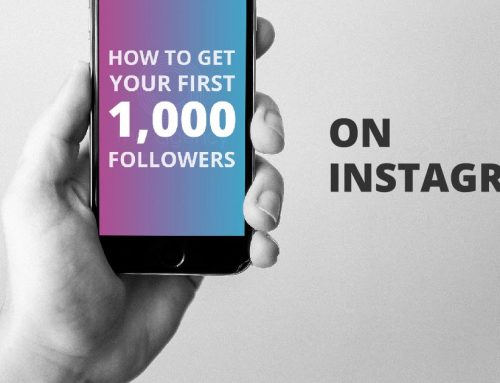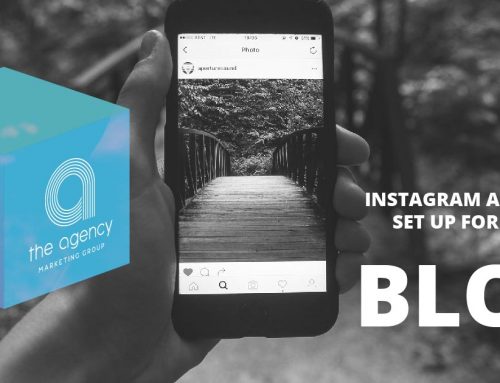It looks like everyone is now concerned about fake news. Google, Facebook, Snapchat, and even the Washington Post are all rolling out features to help users decipher whether a picture of Hillary Clinton eating a live baby seal is real or fake. I mean, who can really tell?
French newspaper Le Monde has begun using Snapchat Discover to help readers sift through all of the tremendous stories that are appearing right before France’s upcoming national election. Le Monde has a 13-person fact-checking team that focuses on debunking stories and specific websites in its own publications, Facebook, and Twitter.
On Snapchat Discover, the idea is an educational approach to show readers how to do their own investigative journalism. The team does “explainer” snaps and guides on how not to get tricked by fake stories. Some snaps focus on sources people can use to check whether an image is credible, while other snaps have been designed to look like a WhatsApp message, and directly debunk false statements made by political candidates, while providing actual facts and figures to back-up the claim of falsehood.
The Washington Post weighs-in with this excellent article about the new effort on behalf of the truth, read it all here so you aren’t a continual gullible Gus.
Even Facebook, which some would argue is the haven of fake news, is rolling out an “educational tool” to help users spot fake news stories and sites. Partnering with PolitiFact to do the fact-checking on some of the very dubious claims that appear on users’ feeds, the social network will even go so far as to put a warning label on stories that have been found by independent fact-checkers to be completely free of facts.
The worst offenders (usually completely bogus stories made up by propagandists or profiteers as click-bait for advertising money, and hey, why not throw in some crazy tale about the Pope making out with Michelle Obama?) will now be minimized by the algorithmic news feed, and will carry a warning label.
The “educational tool” will appear at the top of the Facebook users’ feed for “a few days” in 14 countries around the world, and will feature tips for readers to distinguish the real sources and news from the fake.
Google is also cracking down on fakes with its Fact Check tag, which was rolled-out in the U.S. last October, just before the presidential election. The site will put the “Fact Check” label in the expand story box in Google News search results in the U.S., France and Germany, and in the Google News and Weather app in Brazil, Argentina and Mexico.
Google (and Facebook) have been highly criticized for their role in the spread of fake news, and say they are committed to fighting it.
This may not be the next Hallmark-holiday, but the world’s first International Fact-Checking Day was celebrated on Sunday, April 2nd, appropriately, one day after April Fool’s Day. Let’s see if all this “education” makes the public care about the fact that it has been fooled.




Leave A Comment